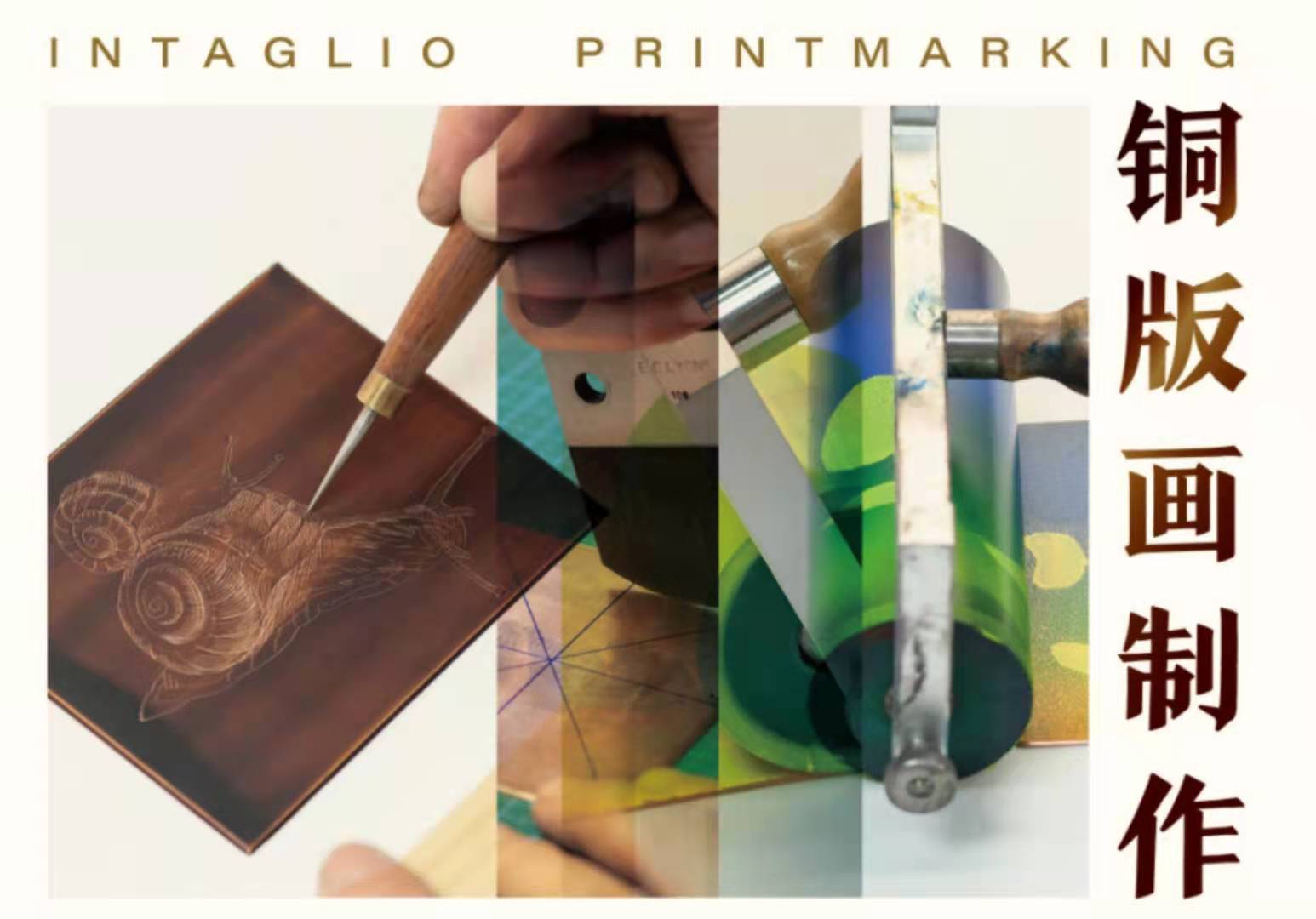
当前课程知识点:e时代的新课堂——在线教育概论 > 第五章 在线教育教学案例 > 5.4.2大容量班级部分翻转课堂 > 5.4.2大容量班级部分翻转课堂
我们来说B模式
Now let's talk about Method B:
大容量班级
a large class.
我这屋坐着一百多人
If there're over 100 students in my classroom,
我不可能让每个学生在课堂里张嘴说话
I can't have all the students speaking in class.
怎么办呢
What should we do?
我们用雨课堂来实现部分的翻转课堂
We can use Rain Classroom to create a partial flipped classroom.
那我们就来看看类似的
Let's take a look at a similar case.
学生在课内外需要有怎样的学习活动
What learning activities do students need during and after class?
以及他们的学习成效怎么样
What about the effectiveness of their learning?
比如说学生在课外
For example, students need to read
需要看几页老师推送的课件
several pages of the courseware [which]send to them by their teachers after class.
这一点我在此前的内容里强调了
As for that, I stressed previously
课前课上和课后是互补的关系
that the before, during and after class activities complete each other.
它一定不是把你老师授课的课件
It's not that the courseware teachers use to give lectures
原样推给学生
is sent to students without any change.
它一定是老师设计了
Teachers must have designed
这些课前预习内容
the content of the pre-class preparation,
构成了我课上讲授的基础
which make up the foundation of a lecture.
我课上不讲这些内容
Teachers won't teach this content in class.
所以它一定不会内容太多
So there won't be lots of content like this.
让学生拿着手机看慕课的视频就足够了
It's enough for students to watch the MOOC videos on their cellphones.
那么上课之前我们让学生带着手机来
Before class, we ask our students to come to class
保证手机有电
with their charged cellphones.
打开微信扫描屏幕的二维码
Then they scan the QR code on the screen using WeChat.
这就意味着我老师主动地跟微信当朋友
This means that teachers offer to make friends with their students on WeChat.
当然了学生可以
If students
如果说听课过程中
don't understand what a teacher is teaching
这页PPT老师讲得我没听懂
with a PowerPoint slide in class,
他可以点一下不懂
they can click "Didn't Understand."
这个不懂
They can then review the specific content
他课后可以进行有针对性的复习
they don't understand after class.
而且我在讲授过程中
When I give a lecture,
大概每15分钟到20分钟
roughly every 15 to 20 minutes,
就会给学生推送一个练习题
I'll send an exercise to my students
要求学生在一分钟最长两分钟里边
and ask them to submit the answers within a minute,
限时提交
or two minutes at most.
这对学生来讲比较紧张
That's a tight schedule for students.
因为我们记成绩
Because we record the scores.
我们计时也记成绩
We record both the time they take and their scores.
期末总成绩的15分
15 points of the total score for a semester's final exam
放在了这140多道题里边
are assigned to over 140 exercises in this part.
所以他当然就会很紧张
So our students are quite nervous about this.
而且很重要的是
And more importantly,
他能够立刻知道别人做的怎么样
they can immediately find out how other students did,
这一点传统授课是做不到的
which is impossible in a traditional class.
那么除此之外
In addition to that,
学生还可以用弹幕
students can use live comments
来把自己的学习体会发送出来
to show their learning tips.
他可以有一些牢骚也可以发出来
They can send some complaints too.
还有我在此前的视频里也说到了
As I said in the previous video,
我在课堂上会在每堂课
I would design one to two thinking exercises
精心设计1到2个思考题
in every class
让学生用弹幕来回答
and let my students answer them in live comments.
根据我们的实际情况来讲
According to the actual situation,
学生的积极性非常高
the students are actually quite active.
还有一个功能叫投稿
There's also another feature called submitting articles.
学生可以除了文字之外
In addition to words, students can
把你的体会用图片的方式发送出来
show their ideas through pictures.
可以随时发送自己的学习体会
They can send their ideas about learning anytime
而且可以在习题课上
and share their thoughts about solving problems
分享自己的做题思路
in problem-solving classes.
比如说我们现在的这个习题课
Nowadays, in a problem-solving class,
就变得老师把这个题出出来
the teacher needs to set problems
在黑板上或者说在屏幕上出出来以后
on a blackboard or screen.
让学生自己拿着笔拿着纸在底下做
After that, the students are asked to solve the problems with pens and paper in their seats.
然后做完了以后
After finishing that,
过了三五分钟做完了以后
after three to five minutes,
拍张照片发个投稿上来
the students will take photos of their answers and submit them.
我看这个题有一类做法
When teachers see there's a solution to the problem,
我在屏幕上展示一下
they display it on the screen
把这个正确的做法推送给全班
and send the correct solution to the whole class.
这个题可能有另一类做法
When there's probably another solution,
我在屏幕上展示一下
teachers can display it on the screen
把这个题的做法也可以推送给全班
and send it to the whole class as well.
所以有效地利用投稿这样的手段
So, by requiring students to effectively submit their solutions,
就使得课堂习题课的课堂
a problem-solving class
变成了学生的习题课的课堂
becomes a problem-solving class for students.
那当然上完课以后
After class, I give the students
我还给他有一些课外学习的课件
some courseware pages for extracurricular learning.
我再次强调它是互补的关系
I'd like to stress once more that they complement each other.
也很短不超过十分钟
This part is short too, less than ten minutes.
当然学生还需要做作业
Of course, the students need to do their homework.
所以这就是我们用雨课堂实现
So that's the partial flipped classroom
部分的翻转课堂
we've created with Rain Classroom;
学生的课外内的学习活动
these are students' learning activities during and after such classes.
那我们来看看学生的反馈吧
Let's find out about student feedback.
接下来我会给各位老师展示一下
Now I'll show you
我们在2018年春天第五周
an anonymous survey in my class
基于我这个电路原理155个人的班
for "Principles of Electric Circuits", consisting of 155 students
做的匿名的调查问卷
and held in the fifth week of spring in 2018.
在一天时间里有110个同学给了反馈
Within one day, we received feedback from 110 students.
第一个问题就是说
The first question was:
雨课堂工具对于你学习电路原理来说
Did the Rain Classroom tool help you a lot when you were learning
帮助大吗
the "Principles of Electric Circuits"?
这是一个匿名的调查问卷
This is an anonymous questionnaire.
你可以看到确实有同学选零 没有帮助
As you can see, there are actually some students choosing "zero," meaning no help.
也有选三 帮助很小的
Some students choose "three," meaning little help.
但是有大量的学生选了十九八七等等
And a large number of students choose ten, nine, eight, seven and so on.
而且你可以看到同一个问题
As you can see, for the same question,
我们分别在2018年春
in the spring of 2018,
2017年春和2016年春
2017 and 2016,
他的成绩是8.04 7.65和6.9
the scores are 8.04, 7.65 and 6.9 respectively.
所以说明老师和学生对这样的工具
That indicates teachers and students
对这样的教学法的认可程度
[Acceptance of this teaching approaches are increasing]Acceptance of this teaching approaches are increasing
在稳步地提高
in a more and more stable way.
第二个问题说这个工具的哪几个功能
The second question is: What features of this tool
对于你学习电路原理帮助最大呀
helped you the most when you were learning about the Principles of Electric Circuits?
选最多的是课上推送的课件
The most selected option was the courseware sent during class.
次多的是课外推送的学习资料
The second most selected option was the learning materials sent during class.
第三多的是课堂的限时习题
The third most selected option was the time-limit problems that had to be solved during class.
为什么老师在课堂里给学生推送限时习题
Why do the time-limit problems teachers send to students during class
对学生学习帮助很大呀
help a lot with the student's learning activities?
其中比例很高的学生反馈说
Plenty of student feedback shows that
通过这种形式
from using this method,
能够实时地掌握自己的学习情况
students can find out their own learning status in real time,
课后可以有针对性的复习 很好
so that they can review certain content after class.
所以你可以看到给学生实施反馈
So, as you can see, giving feedback to students
让他知道自己在哪对自己在哪错
and telling them which of their solutions are right and which ones are wrong
对他学习这部分内容
helps them a lot
是有很大的帮助的
when they are learning content such as this.
还有一个问题说
Another question was:
你在课堂上发过弹幕吗
Have you ever sent a live comment in class?
74%的学生说发过多次弹幕
74% of the students say that they've sent live comments multiple times.
在我第五周的时候
In the fifth week of my course,
一次没发过的只有8%
only 8% of the students hadn't sent any live comments yet.
大多数或者绝大多数学生都发过弹幕
Most of the students had sent live comments.
那对于开弹幕你怎么看待
What do you think of the live comments?
大部分学生说能够在课堂上
Most of the students say that being able to
看到别人对思考题不同的想法
find out other students' different ideas about the questions
挺好的
being discussed in class is good,
有的想法让我大开眼界
and that some of their peers' ideas open their eyes.
所以你会发现学生真正value的
So you'll find out what students really value,
学生真正感兴趣
what really interest them,
学生真正觉得有价值的是什么
and what they really find important.
当然你老师把知识正确的讲出来很重要
Of course it's important for teachers to give lectures on correct knowledge,
但是学生对这件事并没有太care
but students don't care too much about that.
他并没有太在意
They don't care that much.
他更在意的是
What they care about more
在课堂上实时知道自己学习这段内容
is that they can find out whether what they learn in class
正确还是不正确
is correct in real-time,
实时知道别的学生关于这段内容
and that they can find out about other students' understanding
是怎么理解的
of this content in real-time.
用雨课堂这类的智慧教学工具
Smart teaching tools like Rain Classroom
能够帮助老师帮助学生解决这个问题
can help teachers and students solve that problem.
那还有一个问题就是说
Another question was:
每次课外推送
How much time did you spend learning
你花了多长时间学呀
the content that was sent to you after class?
那在我这个班有57%的学生
57% of students in this class of mine
花了十几分钟
spent more than ten minutes;
有35%的学生花了20多分钟
35% of students spent over 20 minutes.
就大概来讲每次课外推送
Roughly speaking, students spend another 20 minutes on learning
学生额外的花了20分钟学
the content sent to them after class.
刚才我也说了
Like I just said,
老师进行教学设计
it takes a teacher roughly an additional hour
大概每次课要额外的花一个小时
to complete the teaching design for each class.
所以你可以看到在这种模式下
So, as you can see, using this method,
老师和学生都额外的多花了一些时间
it takes additional time for both teachers and students.
但是它们所花的时间
But the time they spend on this method
远比A模式要少得多
is far less than they do on Method A.
那我们来看看学生的实际学习成效
Let's find out about the actual learning effect for the students.
我们在2016年春
In the spring of 2016,
基于这种大容量班级授课
based on the large-class-teaching method,
分别把雨课堂和传统授课模式
we made a serious comparison between Rain Classroom
进行了严格地比对
and traditional classroom teaching.
在清华这种B模式学生是随便选的
At Tsinghua University, students can choose Method B whatever they wanted
根据自己的时间安排
according to their own schedules.
我们不按行政班教学
We didn't teach the students in administrative classes.
选这个对照的
The students of the three large classes,
三个大班的学生基础是差不多的
including those who chose to join the control groups, were all at similar levels.
因为学生并不知道
The students didn't know
哪个大班在2016春要做雨课堂授课
which large class would be taught using Rain Classroom in the spring of 2016.
基于相同的学生基础
For the students of the same levels,
我们16年春天的期中期末
for the mid-term and final exams in the spring of 2016,
是同卷的流水改卷
we had several teachers score different parts of each student's exam paper.
所以各位老师你可以看到
So, as you can see,
这个B模式的雨课堂
according to these scores,
它从同卷流水改卷的考试成绩来看
the students in the Method B Rain Classroom
比起对照组能够提升
obtained at least one more score, and at most, two to three more
少则1分多则2到3分
compared to those in the control groups.
所以我总结一下
In conclusion,
刚才我们说了两种清华的应用案例
like I said earlier, the two applied cases at Tsinghua University
它们的目标完全不一样
had totally different goals:
训练创新 提升交互
innovation training and improving interactions.
就导致我们在实施混合式教学
This lead to completely different teaching designs
教学设计的时候
used by teachers
我老师的教学设计完全不一样
for blended teaching,
就导致学生的课外内的学习活动
completely different learning activities for students
完全不一样
during and after class,
就导致学生的学习成效完全不一样
and completely different learning effects for students.
所以我用这个案例来讲了
In this case, my point is that
同样是在清华大学
for the same students
针对同样的一拨学生
at Tsinghua University,
用同样的慕课视频
we can use the same MOOC videos
但是我们可以用不同的
and different teaching goals
混合式教学的教学目的
for blended teaching
设计出完全不同的翻转课堂
to design completely different flipped classrooms,
达成完全不同的学习成效
so as to achieve completely different learning effects.
好 我们这一讲就到这里
Ok. That's all for this episode.
-混合式教学该怎么做?与清华老师一起聊聊
-看清华老师如何进行大班混合式教学
--Video
-如何做好混合式课堂的互动
--Video
-与清华大学老师聊聊慕课独特的教学设计
-“挑战60s”授课短视频大赛
--Video
-与清华大学老师聊聊慕课的制作与运营
--Video
-1.1在线教育发展现状
--html
-1.1.1在线教育带来了e时代的新课堂
-1.1.2师生说
--1.1.2师生说
-1.1.3我国在线教育的特点
-1.2什么是在线教育
--html
-1.2.1概念解析
-1.2.2教育的技术发展史
-1.2.3在线教育的五要素模型
-1.3在线教育对教师的机遇与挑战
--html
-1.3.1机遇篇
--1.3.1机遇篇
-1.3.2挑战篇
--1.3.2挑战篇
-1.4在线教育发展的历史
--html
-1.4.1二十世纪的发展
-1.4.2二十一世纪的发展
-1.4.3在线课程三要素
-1.4.4虚拟教育组织
-1.5课程内部体系和外部关系
-第一章 解读在线教育--单元习题
-讨论题
-2.1数字时代带来教育变革
-2.2在线教育更适应学生的学习需求
--html
-2.2.1教育需求的发展
-2.2.2学习风格与学习类型
-2.2.3多模态数据分析学生学习行为与需求
-2.2.4教育目标
-2.2.5拓展学习时空,促进深度学习
-2.2.6自主学习系统的案例分享
-2.3在线教育帮助教师成长
-2.4学校和国家为什么要做在线教育
-单元习题--作业
-3.1高等学校在线教育发展
-3.1.1学校现状
-3.1.2平台与联盟
-3.2不同类型的教师都能得益于混合式教学
-3.3混合式教学的好处
-3.3.1当前的教学问题
-3.3.2教师和学生的收益
-3.4混合式教学的关键细节与常见误解
-3.4.1关键细节一
-3.4.2关键细节二
-3.4.3关键细节三
-3.4.4误解篇一
-3.4.5误解篇二
-3.5智慧教学工具的发展
-3.5.1综述篇
--3.5.1综述篇
-3.5.2雨课堂的诞生
-3.5.3雨课堂的功能
-3.5.4课堂教学需要雨课堂
-3.5.5雨课堂解决面授时间紧张的问题
-3.5.6雨课堂解决课前课中课后的学习效果问题
-3.5.7课前课中课后雨课件设计要点
-第三章 高校在线教育进行时--单元习题
-讨论题
-讨论题
-4.1教育实践的展望(一) 教育创新
-4.2教育实践的创新(二) 教育技术与决策
-4.3教育理论的热点趋势
-第四章 在线教育的未来--单元习题
-讨论题
-5.1邓俊辉老师《数据结构》与《计算几何》教学案例
--html
-5.1.1慕课制作与使用心得(一)
-5.1.2慕课制作与使用心得(二)
-5.2张瑜老师《思想道德修养与法律基础》教学案例
--html
-5.2.1教学理念与混合式教学的主要环节
--Video
-5.2.2章节实例
-5.3杨芳老师《大学英语》教学案例
--html
-5.3.1混合式教学设计心得
-5.3.2 University单元教学设计
-5.4于歆杰老师《电路原理》教学案例
--html
-5.4.1小容量班级完全翻转课堂
-5.4.2大容量班级部分翻转课堂
-5.5郑莉老师《C++语言》教学案例 雨课件样例及校内教学心得分享
--Video
-单元习题--作业






